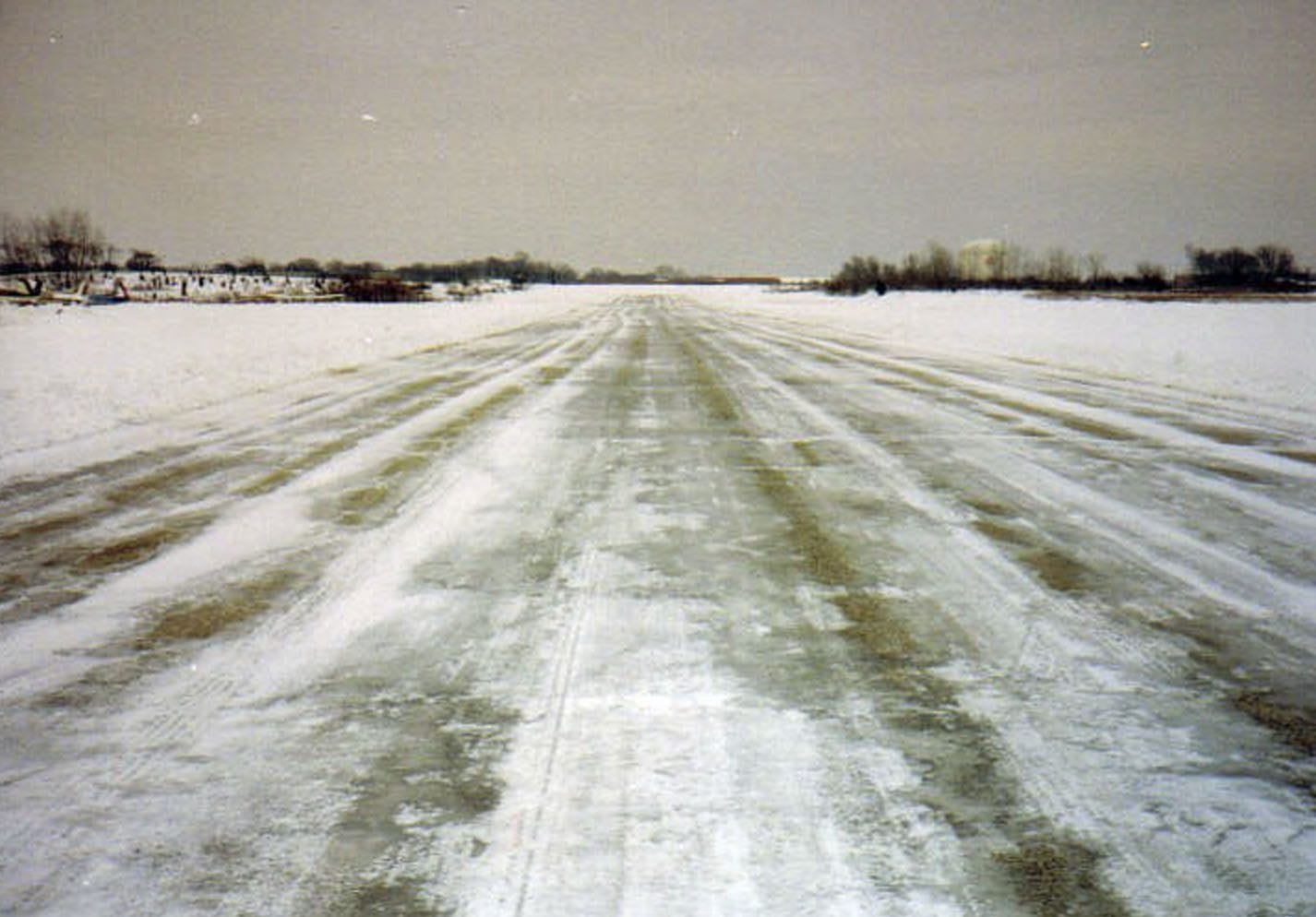Answer to “What Would You Do? #3 – Slippery Situation”
Let’s fly through the mental flow like you’re hand-flying that final segment in light turbulence—deliberate, focused, and with just a touch of anxiety.
Step 1: Legal vs Smart
Are you legally allowed to attempt the approach into Springfield (KSGF)?
Yes.
ILS minimums are still being met:
Visibility 3 sm and 700 OVC exceed the ILS Runway 2 minimums (typically 200 & ½)
You’ve not yet been cleared for the approach, so you’re still in a position to divert.
The field is not technically closed, and ATC is still vectoring arrivals.
BUT…
That PIREP from the CRJ is critical:
“Braking nil, slid through a taxiway, recommend GA pilots reconsider”
That’s no longer a legal problem—it’s a safety emergency in disguise.
Per AIM 7-1-23 (Braking Action Advisories):
“If braking action reports of ‘nil’ are received, operations on that runway by aircraft… should be terminated unless deemed necessary by the pilot.”
In other words: you can land—but it’s being strongly advised that you don’t.
Step 2: The Alternate Isn’t Great Either
KBBG (Branson) reports:
1,200 broken and light snow—still legal for an alternate under §91.169(c)(1):
“At the estimated time of arrival… 600 & 2 for a precision approach”
But wind is 360@11G18, and say Runway 14 is in use (shorter), giving you:
➤ Crosswind component: 12 to 17 knots
➤ C182 max demonstrated crosswind is usually around 15 knots (non-limiting, but guidance)
So now you have:
One airport with great weather and a skating rink for a runway
One airport with passable weather but a spicy gusty crosswind
Limited fuel, with 1:25 endurance, 35 min to alternate, and no guarantee you won’t go missed
What Would I Do?
I would divert to Branson immediately and never look back.
Here’s why:
The Thinking Behind the Divert:
I can’t land where I can’t stop.
Even a perfect ILS into KSGF is pointless if I end up weather-vaning through a closed taxiway with locked brakes and full aft elevator. “Fair” braking in the ATIS, combined with a real-world PIREP of nil, creates a non-viable runway.
The CRJ PIREP is a game-changer.
AIM 7-1-23 says operations should be terminated in nil braking conditions unless necessary. And I’m a GA pilot, solo, with a legal alternate. That’s not necessary.
Branson is legal and safer.
1,200 broken and 6 sm vis? That’s fine. Crosswind gusts are uncomfortable, but within reason—especially compared to nil braking on ice. I’d brief the crosswind technique thoroughly, plan for a go-around, and be prepared to loiter if needed. If my fuel started running tight after a miss, then and only then would I declare.
The fuel is tight—but still in my favor.
Under §91.167(a)(3), I need:
Enough fuel to get to the destination
Fly to the alternate
And fly 45 minutes beyond that
If I’m tight but legal—and can make a stabilized approach with visual conditions—I’d rather be fuel-conscious in Branson than skidding sideways into Springfield.
Emergency Option?
If I had no other out and truly couldn’t make Branson, I’d declare an emergency and land at KSGF—but it would be my absolute last resort.
You are not prohibited from declaring if continuing poses an immediate hazard. Per §91.3(b):
“In an emergency requiring immediate action, the PIC may deviate from any rule… to the extent required to meet that emergency.”
Takeaways:
AIM 7-1-23 – “Nil” braking action means don’t go unless you absolutely must
§91.167 & §91.169 – Alternate and fuel requirements matter more when plans shift
§91.3(b) – The pilot is the final authority. If needed, declare early and live to explain it
Bottom Line?
Legal is not always smart.
Timely diversions are rarely regretted.
And braking nil means it’s time to call it a day—not hope the ice has melted.


